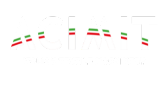The 41st edition of Milano Unica has just concluded, leaving behind not only 735 exhibitors and thousands of meters of displayed fabrics, but above all a crucial question: what does "performance" truly mean for those who produce textiles in 2025?
The answer came through the "Performing MU" concept, a manifesto that transformed the pavilions of Fiera Milano Rho into an experimentation laboratory where art meets production, where the body dialogues with matter, where every fiber tells a story of possible innovation.
The Dance Between Body and Cosmos: New Production Challenges
"Performing MU" is not just an exhibition theme, it's a philosophy that completely overturns the approach to textile production. The idea stems from observing the human body in movement, from its interaction with space, from the need to create fabrics that don't simply dress, but actively participate in the experience of those who wear them.
For those managing integrated dyeing, preparation and finishing plants, this means completely rethinking their production processes. It's no longer about simply applying standardized treatments, but developing skills that allow fabrics to be given their own life, an ability to respond to stimuli, to adapt to situations.
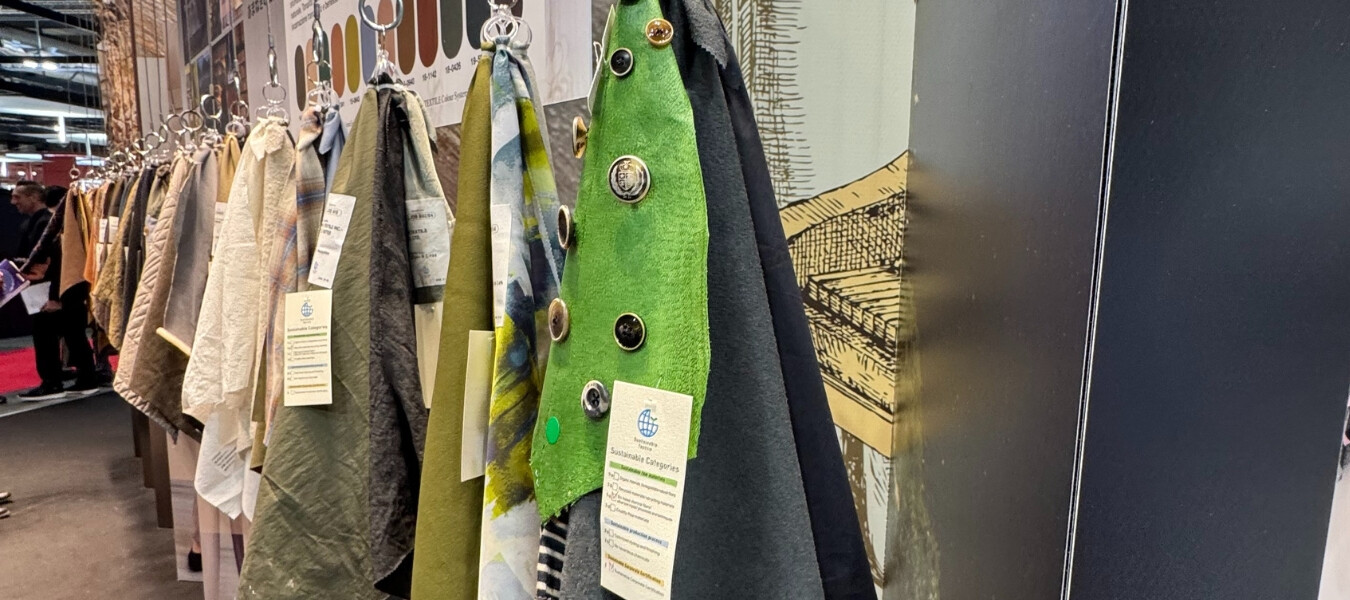
The Prato District: 118 Stories of Production Excellence
118 companies from Prato brought their Autumn/Winter 2026-27 collections to the fair, each with their own interpretation of the concept. Among the corridors of the exhibition, there was a particular energy: that of a sector that, despite economic difficulties, continues to reinvent itself through production innovation.
Each stand told a different story of "performance": fabrics that change color with temperature, surfaces that react to pressure, fibers that behave like second skins. But behind every innovation was always the same question: how to translate this vision into concrete production processes within their own facilities?
Beyond the Surface: The Invisible Revolution
The real revolution of this edition wasn't so much in the displayed fabrics, but in the skills needed to produce them. "Performing MU" highlighted the crucial importance of processing phases that traditionally remain hidden: the preparation that conditions every subsequent treatment, the dyeing that no longer simply colors but creates complex optical effects, the finishing that gives almost magical properties to matter.
For companies that control the entire production chain, this scenario opens extraordinary opportunities. The ability to manage every phase of processing in-house becomes a decisive competitive advantage when developing fabrics with such sophisticated characteristics.
Fabrics That Tell Stories
The presented collections demonstrated that the future of textiles passes through material narration. Each surface had its own personality, its own character, its own ability to communicate emotions through tactility and visual appearance.
Woven fabrics rediscovered their artistic dimension, integrating tradition and experimentation in surprising balances. Knitwear explored new frontiers of three-dimensionality, creating surfaces that seem sculpted rather than woven. Technical fabrics abandoned their purely functional image to become aesthetic protagonists, demonstrating that performance and beauty have never been so close.
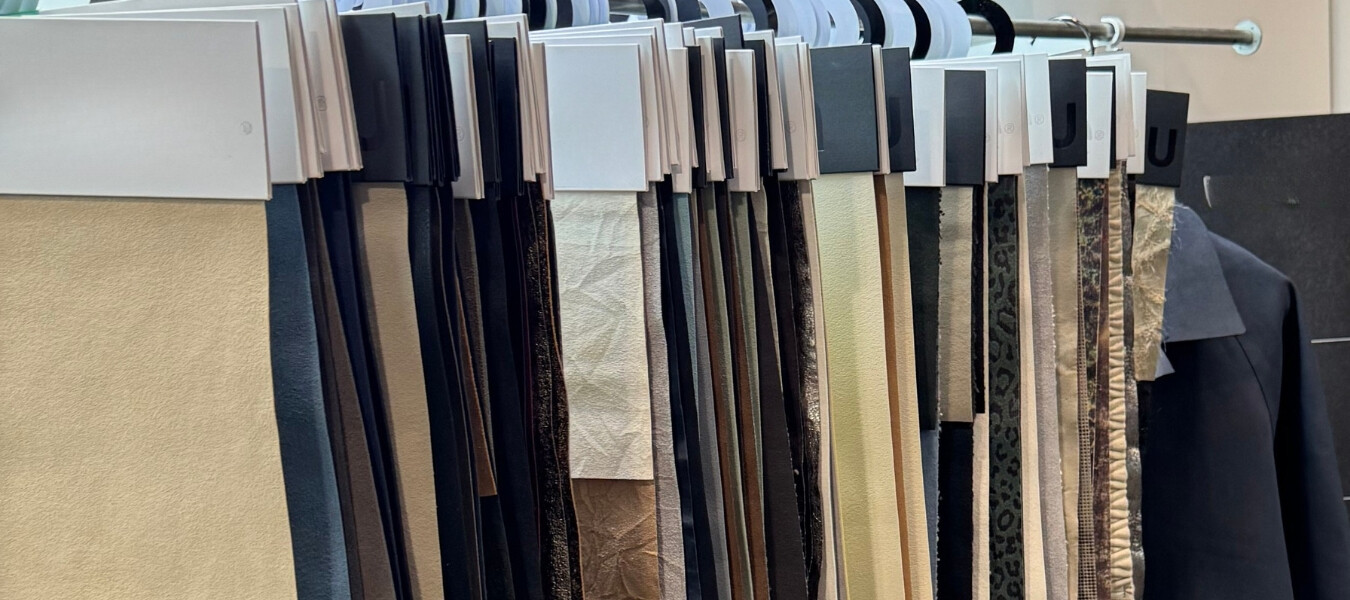
The Art of Contemporary Finishing
In this context, the role of finishing has completely transformed. It's no longer about applying a standard treatment, but orchestrating an almost alchemical process that transforms raw material into a material with unique properties.
Those with state-of-the-art finishing departments now have the opportunity to create fabrics that seem to defy the laws of physics. Technologies like AQUARIA®, which allow CONTINUOUS OPEN-WIDTH WASHING of any type of woven and knitted fabric, are revolutionizing the way textile preparation is conceived, guaranteeing uniformity and process control unthinkable with traditional systems. The ability to control every parameter of the process, to modulate temperatures, tensions, speeds, allows achieving effects that would have been unthinkable just a few years ago.
The AIRO® 24 CONTINUOUS OPEN-WIDTH TUMBLER system represents the natural evolution of this approach: processing fabrics in continuous open-width doesn't just mean production efficiency, but also the possibility of applying uniform treatments across the entire width of the fabric, eliminating the variabilities that characterize traditional batch processes.
Preparation as the Foundation of Performance
The preparation phase now takes on a central role in the production process. AQUARIA®, a technologically advanced system for continuous open-width washing, represents the key to obtaining that perfect base on which to build all subsequent processing. The ability to uniformly wash woven and knitted fabrics, guaranteeing complete removal of oils, impurities and residues, creates ideal conditions for subsequent high-quality treatments.
Accurate preparation with systems like AQUARIA® not only improves the quality of the final product, but also optimizes the efficiency of subsequent dyeing and finishing processes, reducing waste and increasing result reproducibility.
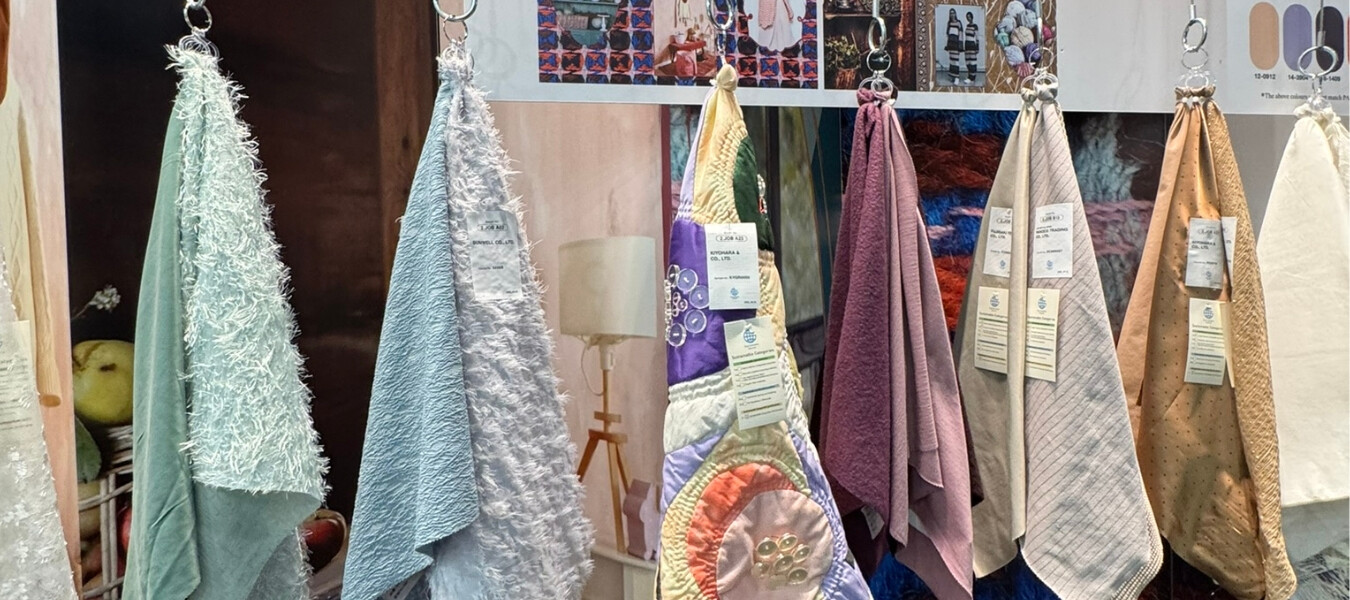
Dyeing as a Creative Laboratory
Dyeing has evolved from a simple coloring phase to a true creative laboratory. The "Performing MU" palettes require skills that go far beyond knowledge of traditional dyes. Deep understanding is needed of how different fibers react to treatments, how complex chromatic effects can be created, how chemistry can become art.
The integration of advanced washing systems like AQUARIA® in fabric preparation creates ideal conditions for highest quality dyeing processes. A perfectly prepared fabric guarantees that uniformity of absorption and chromatic reproducibility that new collections require.
For companies investing in research and development in their dyeing departments, this historical moment represents a unique opportunity to distinguish themselves in the high-end market.
The Future is Already Here
The 41st edition of Milano Unica demonstrated that the future of textiles is not a matter of years, but months. The A/W 2026-27 collections presented at the fair will be in stores in just over a year, but the skills needed to produce them must be developed now.
For vertical textile companies, this means investing in staff training, experimenting with new processes, developing strategic partnerships with innovative technology suppliers. Those who don't adapt risk being left behind in a market that changes speed every season.
Beyond the Fair: A Systemic Vision
"Performing MU" taught that textile innovation cannot be fragmented. Every phase of the production process must dialogue with the others, every department must be organized not only for its specific function, but for its role in the complete production ecosystem.
The challenge for the future is to create integrated systems where preparation, dyeing and finishing work in perfect harmony. The adoption of technologies like AQUARIA® for continuous open-width washing and AIRO® 24 TUMBLER for finishing represents a decisive step towards this integration. These systems, patented and designed for maximum efficiency, allow achieving that process continuity that new market requirements demand.
Intelligent automation doesn't mean standardization, but mass customization, where sustainability is not a constraint but an innovation opportunity. Continuous systems drastically reduce water and energy consumption, responding to growing environmental sustainability requirements that the market demands.
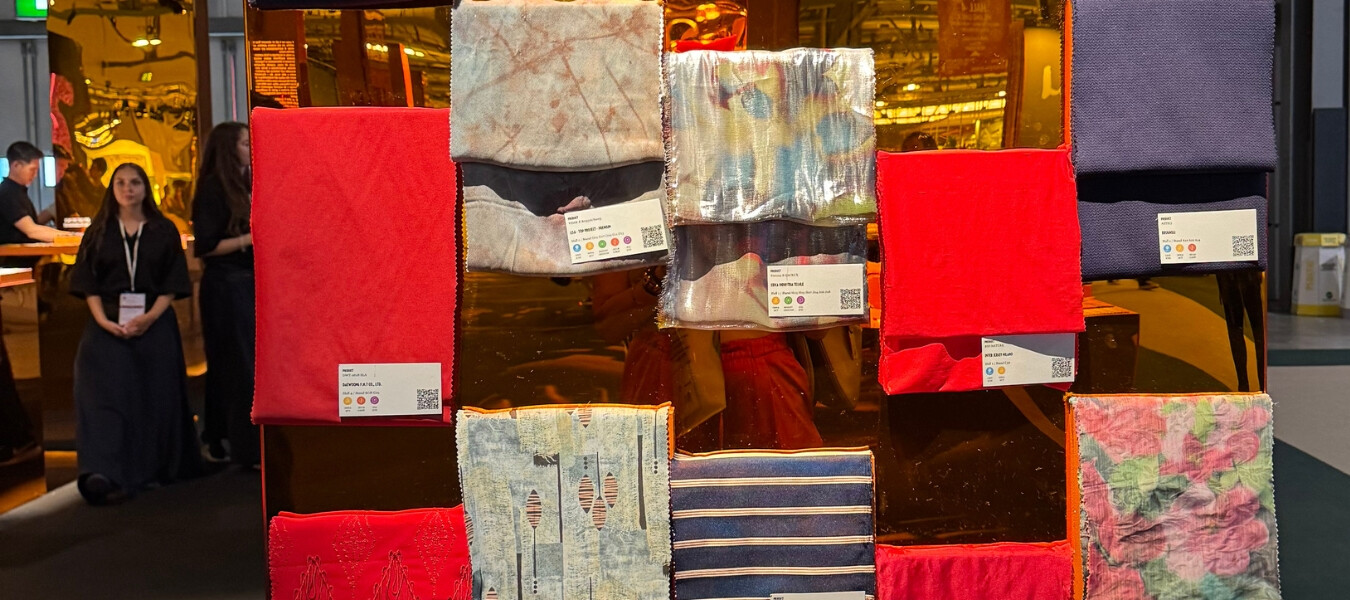
The Opportunity for Producers
For textile companies that directly control their production processes, the moment is strategic. The market is asking for increasingly sophisticated fabrics, with properties that require specific skills and dedicated plants. Those who have invested in advanced washing, dyeing and finishing technologies now have the opportunity to seize opportunities that didn't exist even five years ago.
"Performing MU" demonstrated that the end customer is ready to pay more for fabrics that offer a superior experience. But this experience can only be created by those who have the technical skills and the right tools. Patented technologies like AQUARIA® for continuous open-width washing and AIRO® 24 TUMBLER for finishing represent today's frontier of innovation in textile treatment, allowing achievement of that quality and reproducibility that high-end collections require.
Investment in continuous washing and finishing systems is not just a technological choice, but a positioning strategy in the textile excellence market. Those who can control every aspect of the production process can guarantee that qualitative consistency that distinguishes high-end products from commodity ones.
Conclusions: The Performance Continues
Milano Unica 41 has concluded, but the "performance" continues. In research and development laboratories, in production facilities, in departments where the fabrics of the future are born. Because the real message of this edition is that textile innovation is a continuous process, a perpetual dance between creativity and technical competence, between tradition and future.
For those who produce textiles, the challenge is clear: it's no longer enough to follow trends, they must be anticipated through process innovation. It's no longer enough to produce meters of fabric, material experiences must be created. It's no longer enough to think about the product, the emotion it will generate must be imagined.
"Performing MU" demonstrated that Italian textiles are ready for this challenge. Now it's up to each company to decide whether to be a protagonist or spectator of this transformation.
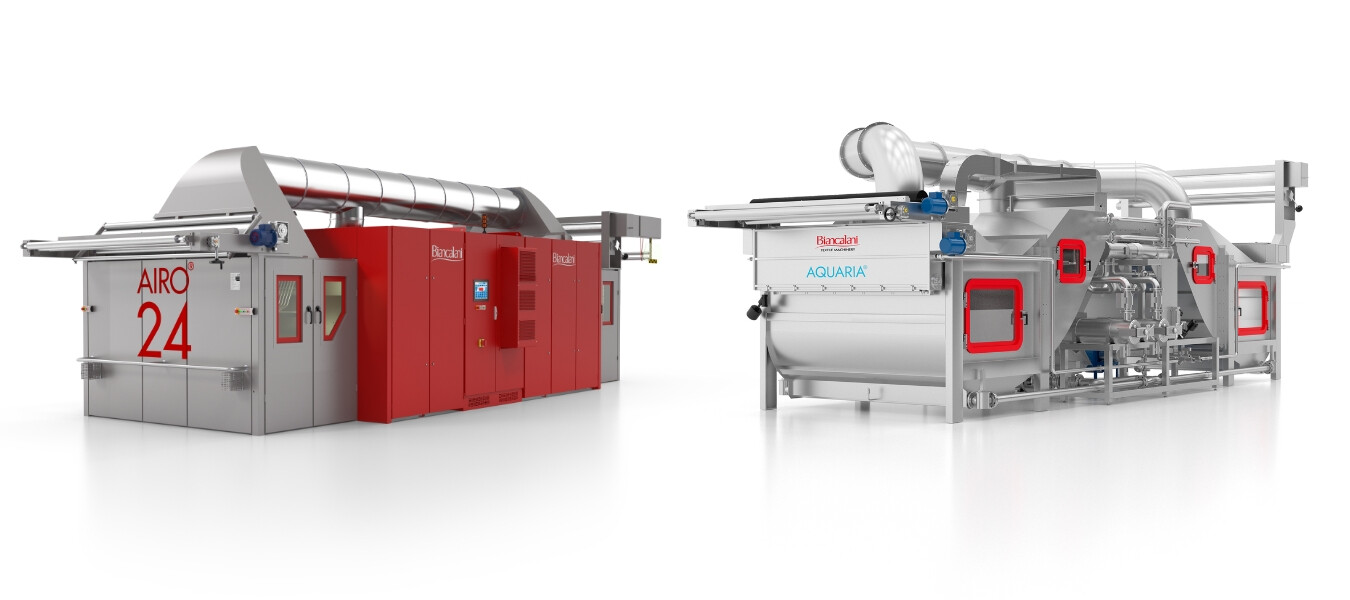

CONTACT & SUPPORT
Write us to get more information or to request a test on your fabrics.

WHY CHOOSE US
At Biancalani we do a lot more for you than just building machines. We listen to your advice and desires and make it easy for you to reach your goals offering you our past as a present: we strive to be part of your future.
